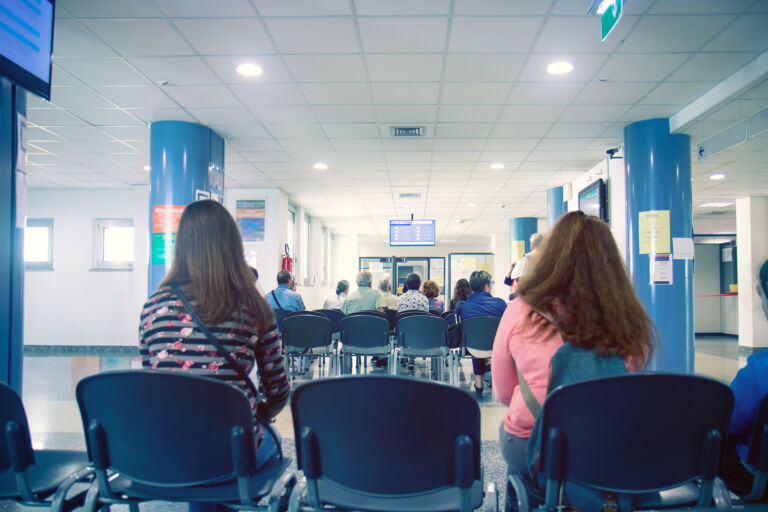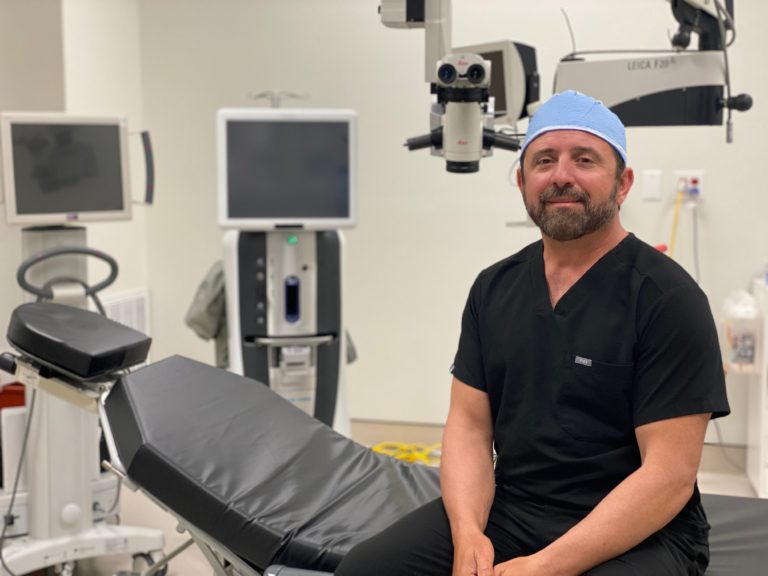This month, the Urban Institute and the Robert Wood Johnson Foundation released a report assessing the financial impacts of North Carolina’s decision to forgo the Affordable Care Act’s optional Medicaid expansion.
Extending eligibility rolls of our broken — yes, broken — medical assistance safety net would cost state taxpayers an additional $300 million per year, amounting to $3 billion to the General Fund books over the course of a decade. But because Medicaid is jointly funded by the state and federal governments, advocates brush that aside and are instead fixated on North Carolina losing out on $40 billion of federal funds over the next ten years.
The argument goes that our citizens’ federal taxes are now paying for other states’ Medicaid expansions, without any benefit coming to those citizens themselves. Is North Carolina really "losing out"? The influx of federal funds is borrowed money. What’s really happening here is that future generations are being taxed to broaden the safety net of our current generation, all the while adding to our national deficit.
Furthermore, the study projects an expansion would insure over 400,000 North Carolinians in 2016. However, a portion of this population would no longer qualify for subsidized private coverage under the federal health law. Essentially, these individuals would be pulled away from private coverage to a public assistance program where accessing care proves to be more difficult. In North Carolina, approximately one in every four physicians does not accept new Medicaid patients.
A central question to consider is this: Will consuming more money generate better patient health outcomes?
While Medicaid is a public health insurance program originally designed to help the most vulnerable populations, it generally fails to fulfill its good intentions. Thus, reforming the current system ranks as a higher priority. Avik Roy, editor and principal author of Forbes’ Apothecary blog, just released Transcending Obamacare, a lengthy proposal on how states can realistically pivot towards decentralized health care delivery initiatives that ultimately reduce the number of uninsured and increase access to care — including for those on Medicaid.
Within his report, Roy cites numerous landmark studies that raise eyebrows as to Medicaid’s effectiveness. See examples below, and click here to read more of the case studies.
- A landmark study published in the New England Journal of Medicine compared health outcomes for Oregon residents who had won a lottery to enroll in that state’s Medicaid program with demographically similar residents who had lost the lottery and remained uninsured. After following these individuals for two years, the authors found that Medicaid "generated no significant improvement in measured physical outcomes" such as mortality, high blood pressure, high cholesterol, and diabetes.
- A University of Pennsylvania study published in Cancer found that, in patients undergoing surgery for colon cancer, the mortality rate was 2.8 percent for Medicaid patients, 2.2 percent for uninsured patients, and 0.9 percent for those with private insurance. The rate of surgical complications was highest for Medicaid, at 26.7 percent, as compared with 24.5 percent for the uninsured and 21.2 percent for the privately insured.
Meanwhile, here are just a few of Transcending Obamacare’s proposed solutions for a more fiscally sound and efficiently administered Medicaid program:
- States would receive a federal block grant to fund long-term care services, such as nursing home stays and home health visits for the elderly and disabled populations — the most expensive Medicaid patients.
- The federal government would be financially responsible for hospital and physician services, known as acute care. Acute care enrollees would also have the option to receive subsidized private coverage on the Universal Exchange Plan (these plans would not include mandated services that are currently required under Obamacare.) If so desired, they could rely on Medicaid until 2027.
- To incrementally alleviate Medicaid’s skyrocketing federal tab, the Universal Plan would seek to erase sales and excise taxes for subsidized health insurance (these taxes are passed on as higher premiums for consumers), amounting to a federal deficit reduction of more than $100 billion in 2019. Hospital and provider taxes would also be eliminated, reducing federal spending by another $3 billion between 2017 and 2026.
Click here for the Health Care Update archive.
You can unsubscribe to this and all future e-mails from the John Locke Foundation by clicking the "Manage Subscriptions" button at the top of this newsletter.


